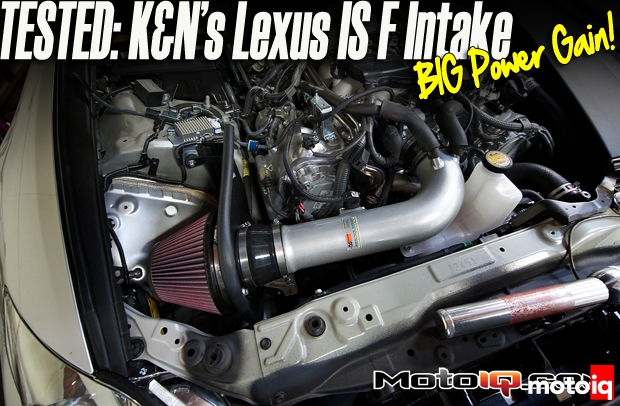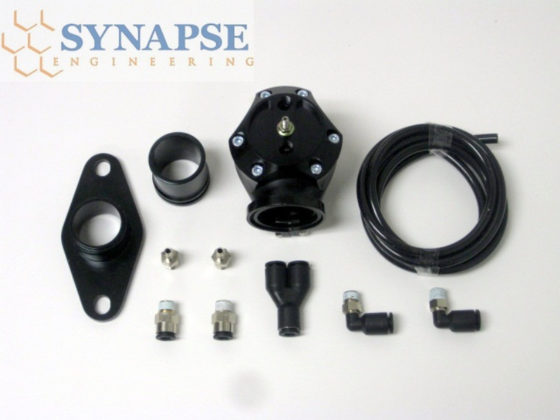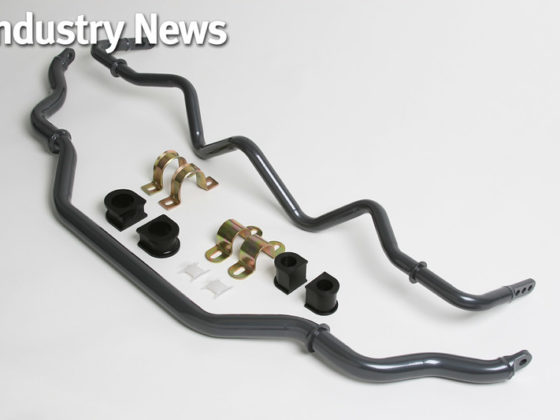,
 |
| The good instructions make it so simple. |
Of course we were skeptical of those gains. Most late model cars are pretty well designed these days and they don’t leave much power on the table to be found easily with simple bolt on compared to just a few short years ago. We were especially skeptical that a high tech car like an IS-F would have low hanging power fruit so we asked K&N for an intake to test, warning them that we would publish the results.
 |
| Take the stock MAF sensor from the factory airbox and attach it to the intake tube, then install the intake tube and hook up the crankcase breather tubes and there you go, almost there. |
We got our test intake and proceeded to our partner shop Technosquare to borrow their notoriously stingy Superflow chassis dyno. The Superflow is a dyno that uses the inertia of a heavy wheel roller like the more common Dynojet but also has an eddy current load cell that adds load like a Mustang. The Superflow reads about 8-10% lower than a Dynojet for most cars, all the better to test this intake on as K&N‘s number had been obtained on their Dynojet. We used standard SAE correction for our testing.
 |
| Reinstall the stock plastic shrouds around the air compartment. |
Strapped down to the Superflow, our IS-F put down an average of 302 whp @ 6500 rpm and 287 lb/ft of torque @ 5500 rpm. Typically on a Dynojet a stock IS-F will make around 330-340 hp and 295-305 lb/ft of torque. Like K&N we conducted our testing in third gear. At around 5400 rpm the car had a flat spot on the dyno that we had also noticed on the street. The stock airbox has an auxiliary air intake flapper door and we think that it is a little slow to open and is causing our flat spot. Disabling this door so it stays open all the time is a popular mod on IS-F forums. We did multiple pulls and selected a run that was neither the highest nor lowest. (later we selected our highest stock power run because the intake performed so well, the results seemed unbelievable and we decided to be as conservative as possible!)



